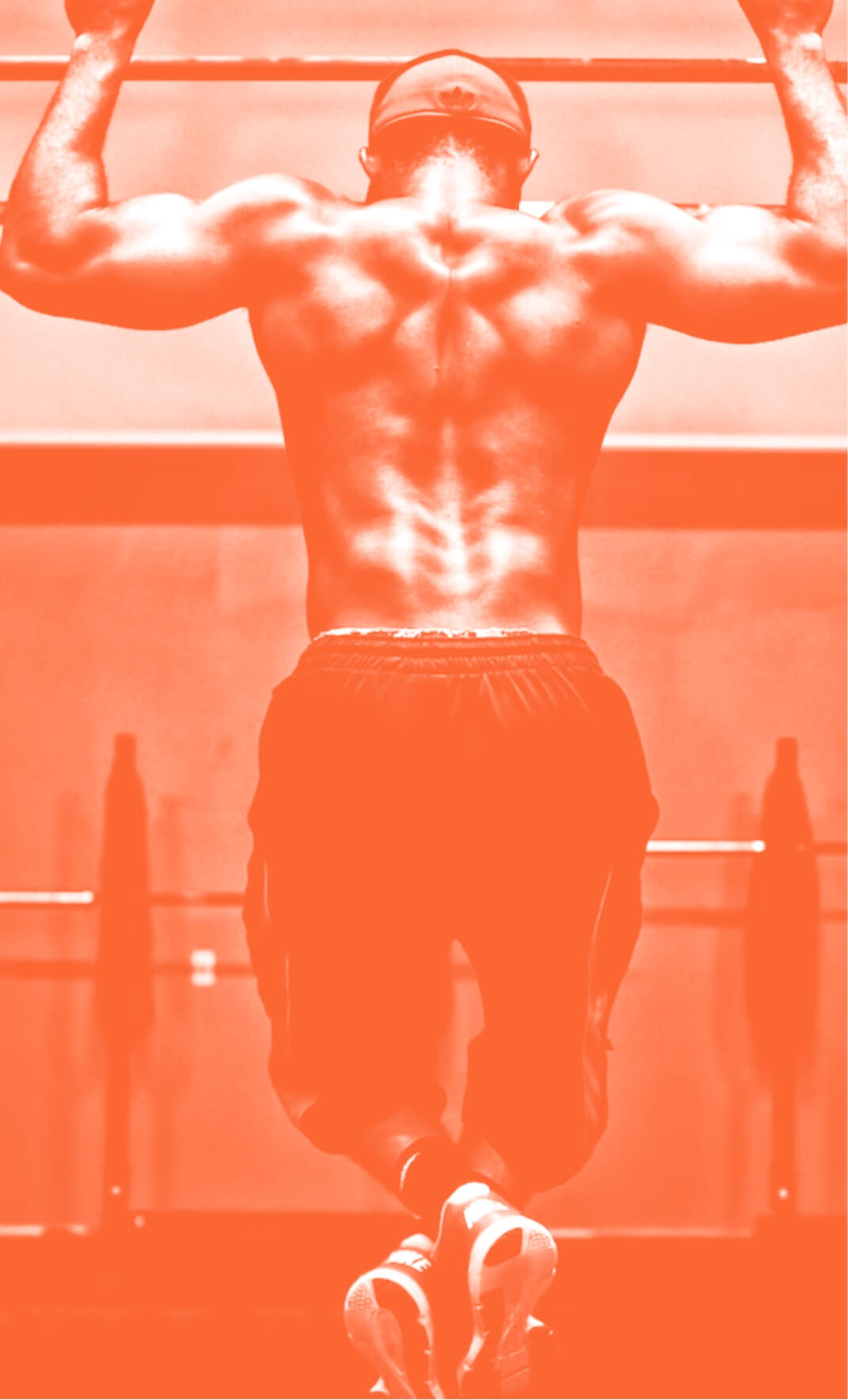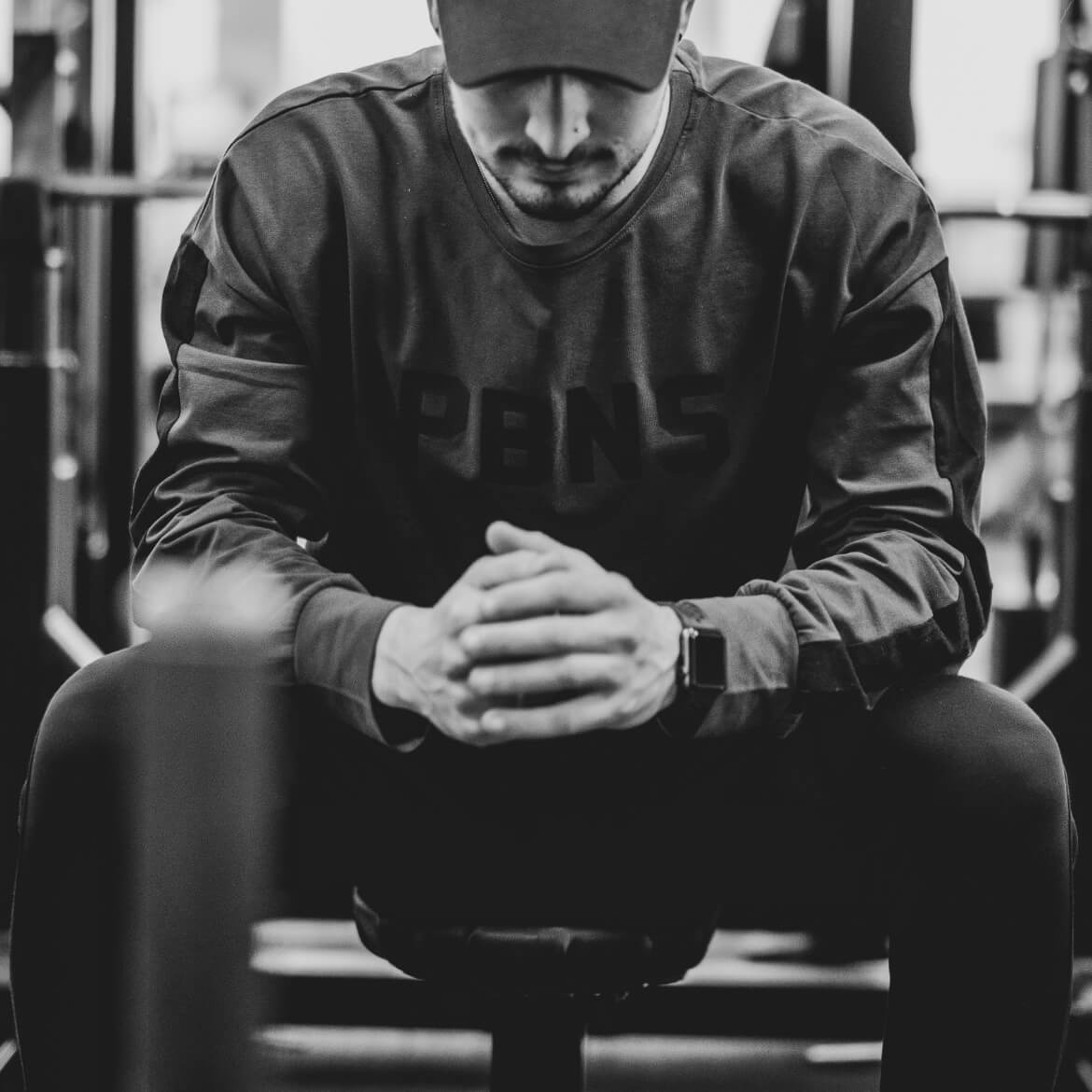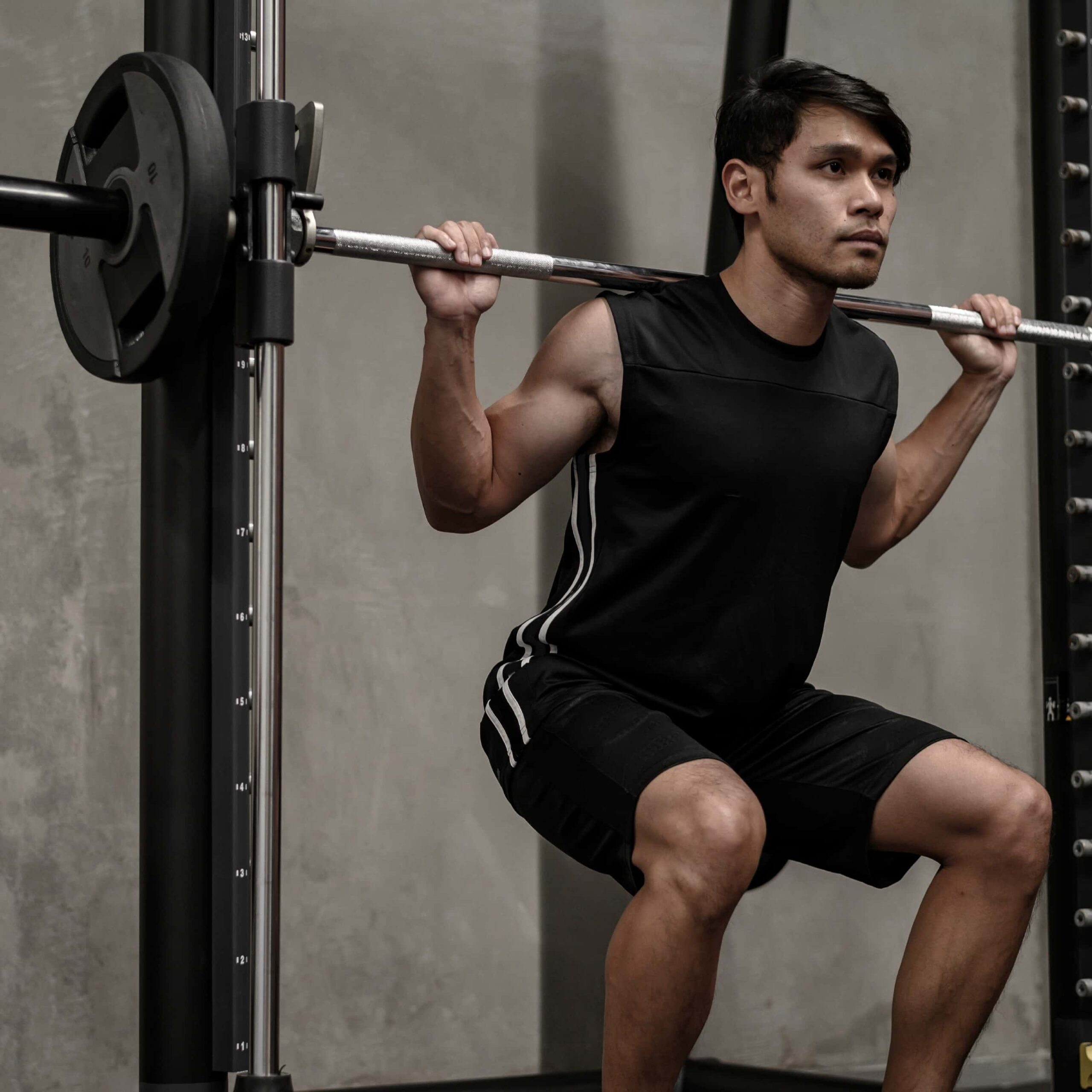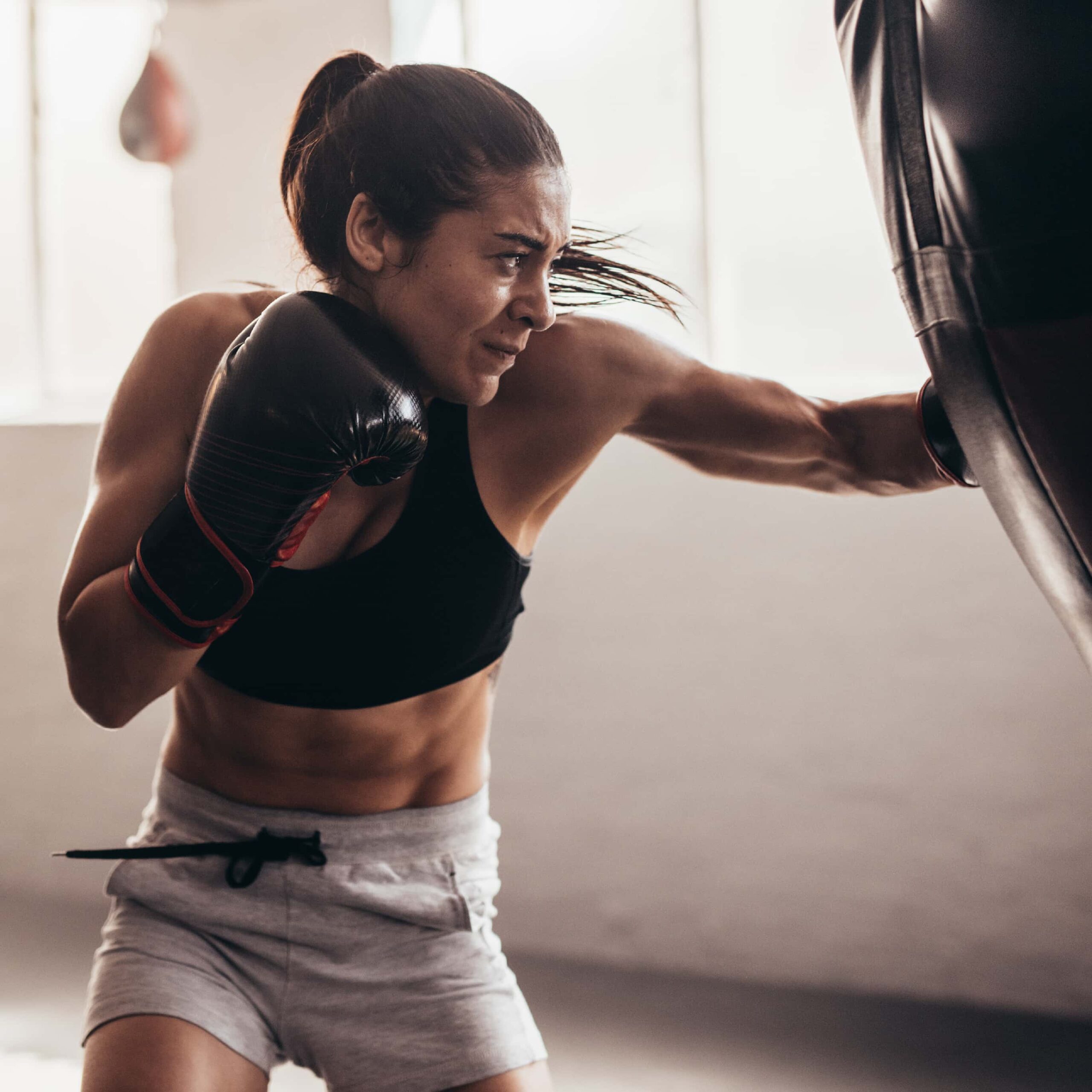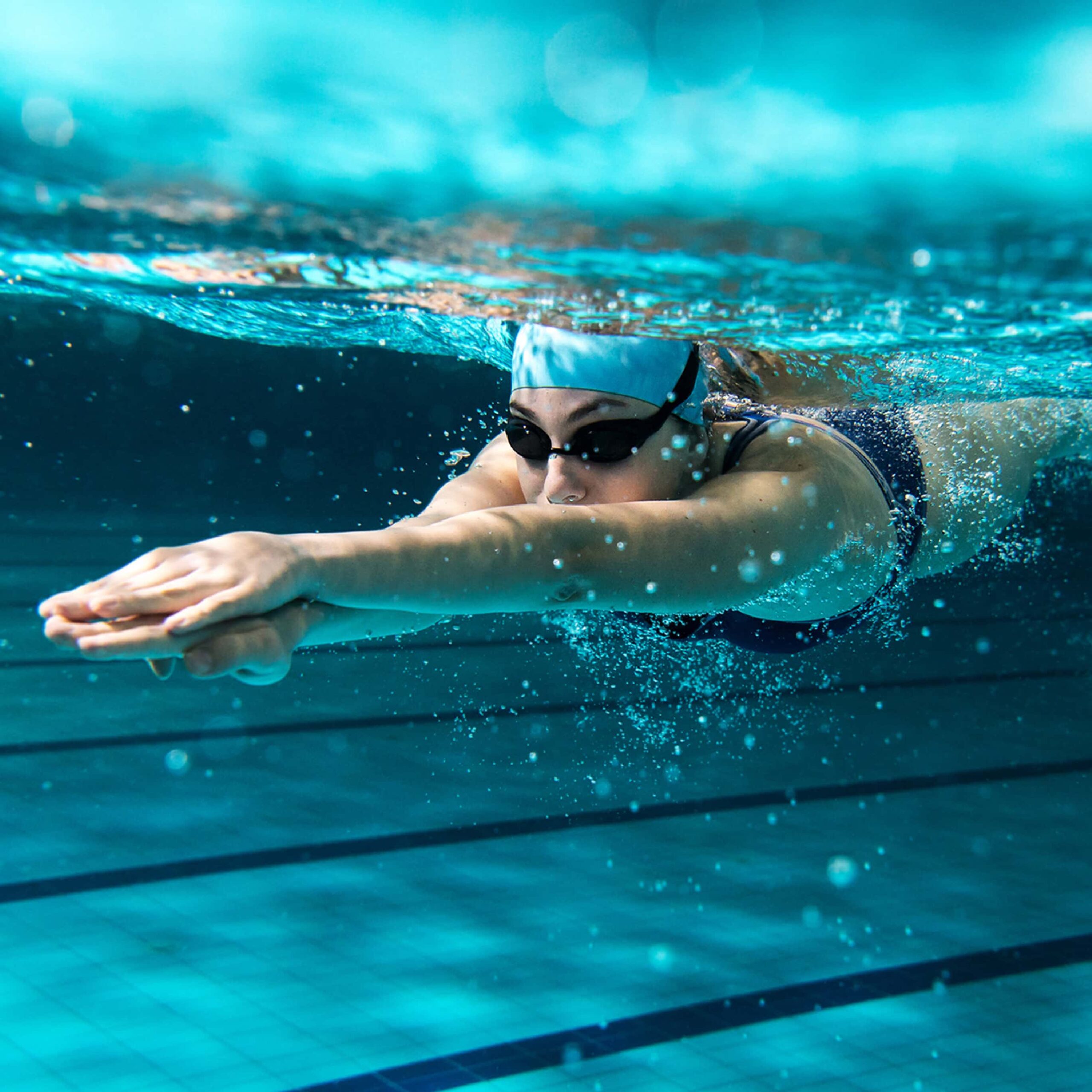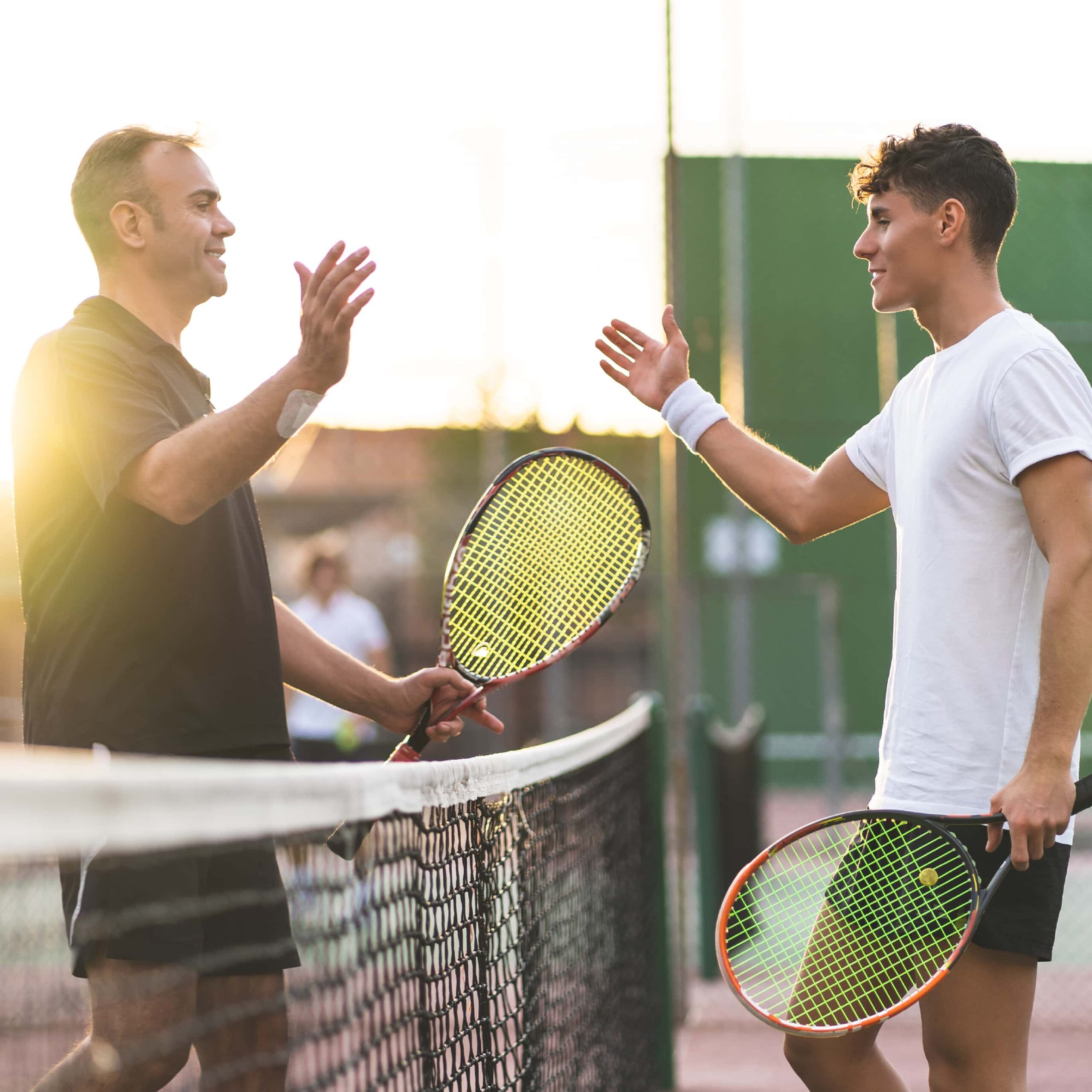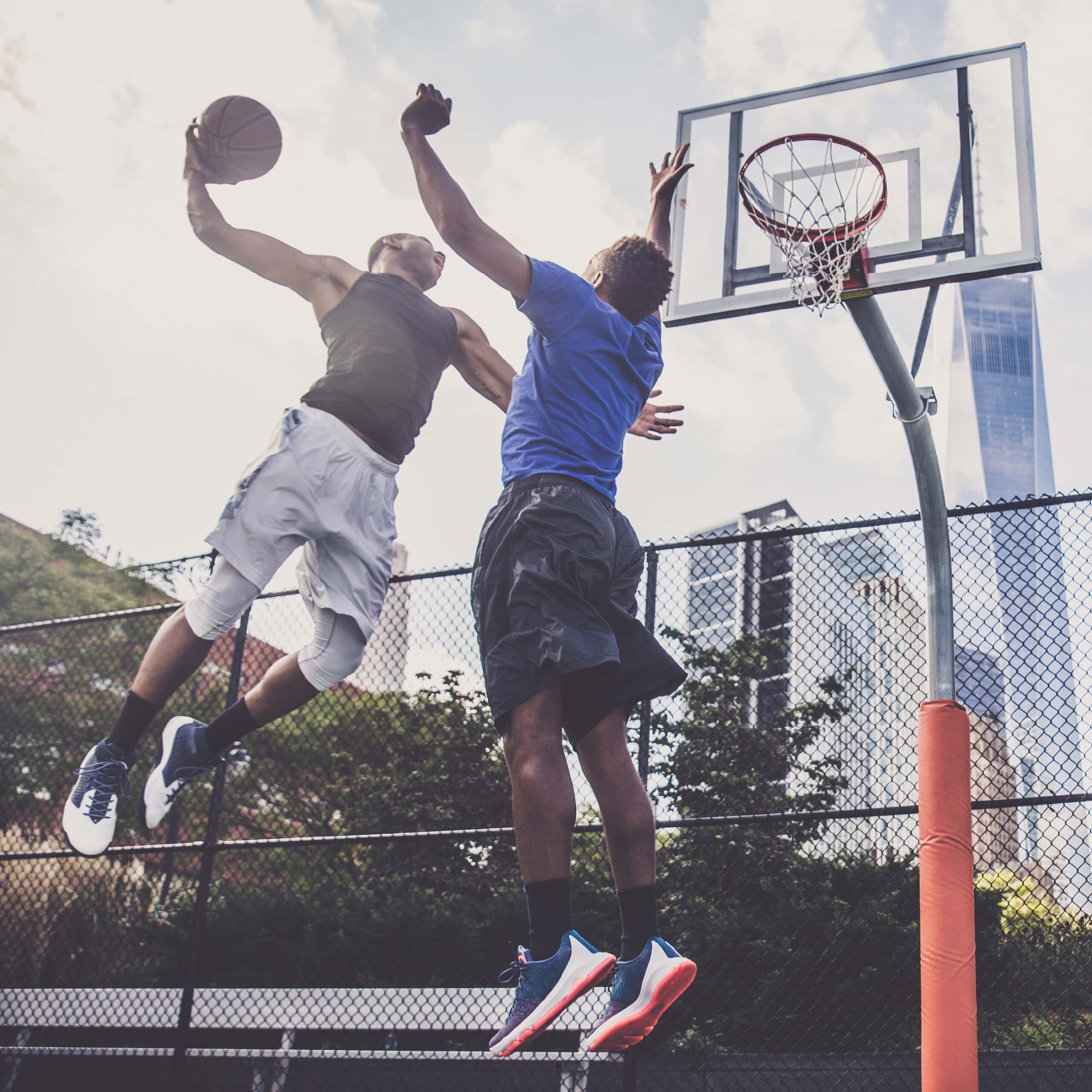How To Do Lunges With Perfect Technique
24th Jan 19

Lunges are a great leg exercise. They are essentially half a squat, or a split squat, allowing you to isolate each leg and help yourself to develop your leg muscles functionally and practically.
As we will go on to discuss, there are different variations that you can incorporate into the exercise to ensure that you’re keeping things fresh and hitting the target muscles as hard as you can. This doesn’t mean they’re an excellent place to start, though.
Even though this exercise is so commonly seen throughout all forms of training, it’s commonly done wrong. For a seemingly simple exercise, there’s more to it than meets the eye. People do it as a form of warming up all the way through to making it the brunt of their strength training, but technique is everything. Here are some things to keep in mind.
Want to move fast? Jump to the right section below.
Set-Up

Set-up is always an essential part of any exercise. It’s the best way to ensure you’re keeping safe throughout your exercise and making the most of your efforts. Luckily, the lunge is one of the more straightforward exercises to prepare for.
Foot Strength
One pivotal point about lunges is how strong your foot muscles are. You’re going to be putting a lot of weight on them, so it’s a good idea to ensure that you are up to scratch. The best way to check this is to see how difficult it is for you to balance yourself on each foot individually for a short duration. Then, if you’re good at it, you’re good to go.
Weightless First
Warming up is always crucial too. Making sure you are ready for the exercise ahead means you won’t hurt yourself. It’s a good idea to do both dynamic and static lunges as well as other leg exercises without any weight first to find any weaknesses and get you off to a perfect start.
Technique

As we always say at exercise, your form is the most important thing about exercising. It doesn’t matter if you’re just starting out or going for a new personal best; if your form is wrong, it’s not credible. So here are a few things to remember when perfecting your lunges.
Back Straight
You should be keeping a straight back throughout the exercise so that your legs are the most significant players during the exercise. This should help you when you’re carrying out reps so that you are moving vertically rather than horizontally.
Lean Forward Slightly To Avoid Back Tension
Rather than keeping yourself perfectly upright, it’s a useful idea to add some lean to your lunges. Lean forward so that the pressure and the stress are taken off your back and put into your hips and glutes where you want them to be!
Knee Behind Toes
Moving onto the knees, it’s important to know where you should be positioning yourself too. For example, when you descend into the lunge, your front knee should not be ahead of your foot’s midpoint. That’s one of the easiest and most important things you need to remember.
Heel Pointing Straight Up/Sole To The Wall
The other leg to your rear is also important, though. You should be putting the pressure on the ball of your back foot so that your sole is facing the wall behind you and your heel is pointing straight up. Again, this is what will activate the muscles that you’re looking for.
Right Angle Knees, Off The Floor
To finish the technique points, your knees should be at right angles when you are at your lowest point. Your back knee should not be on the floor, though, with around an inch of space in between. Once you’ve got all that down, you can start to look into moving lunges rather than stationary but keep your form a priority.
Variations

So, you’ve perfected your lunges, but then what? Well, there are many options that you can take to take them to the next level. Here are a few ideas to get you started.
Above Head Weight
Instead of having a bag behind your neck or dumbbells in your hands, it’s an interesting idea to have the weight shift to above your head with your arms extended. Of course, this means your entire upper body is needed to keep you stable enough to carry on while still hammering your lower body with the weighted movement!
Lateral Lunges
You can also start using different kinds of movement mechanics in your lunges to work the muscles from different angles to get the best results. The best way to do this is side lunges. They are widely popular and highly effective at optimising your muscle contractions for the best growth.

Before beginning any exercise or nutrition program, consult your physician, doctor or other professional. This is especially important for individuals over the age of 35 or persons with pre-existing health problems. Exercise.co.uk assumes no responsibility for personal injury or property damage sustained using our advice.
If you experience dizziness, nausea, chest pain, or any other abnormal symptoms, stop the workout at once and consult a physician or doctor immediately.

